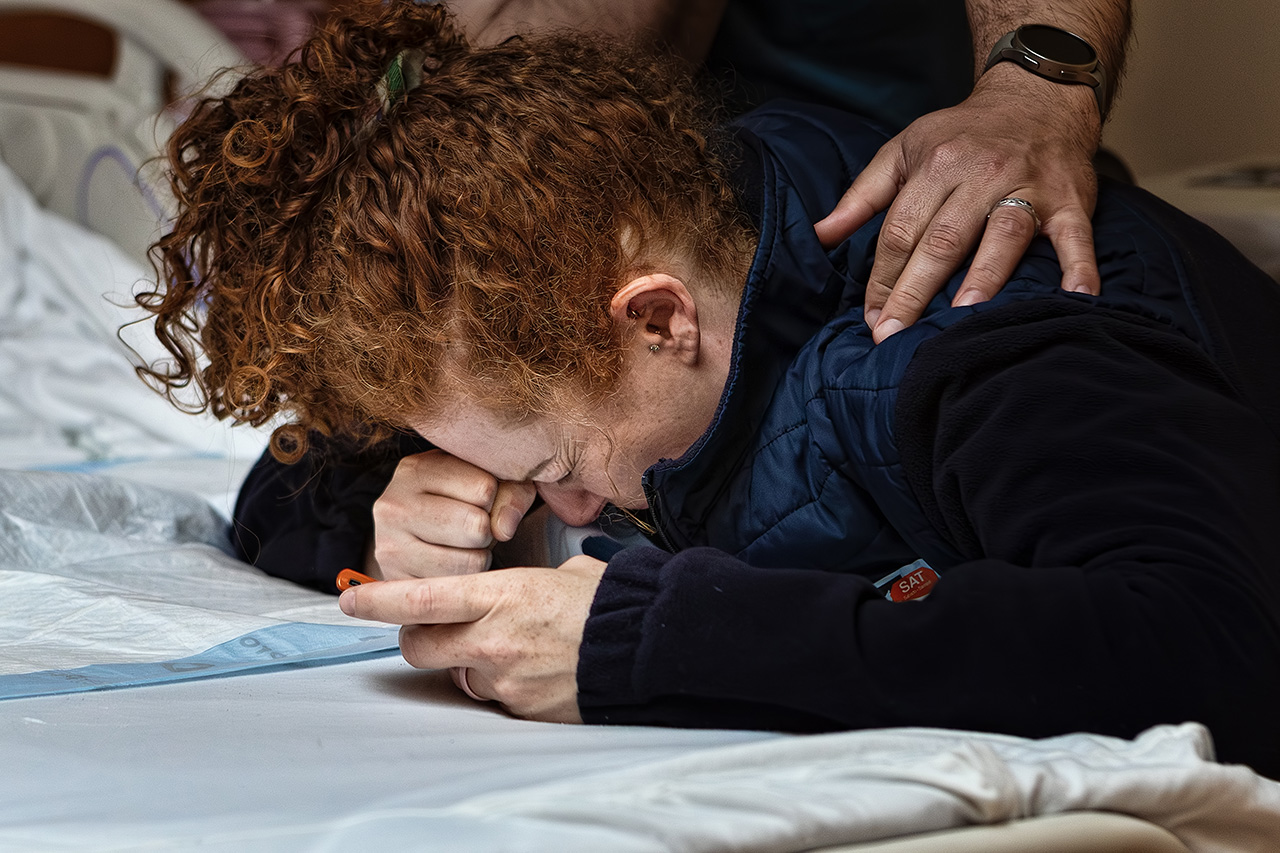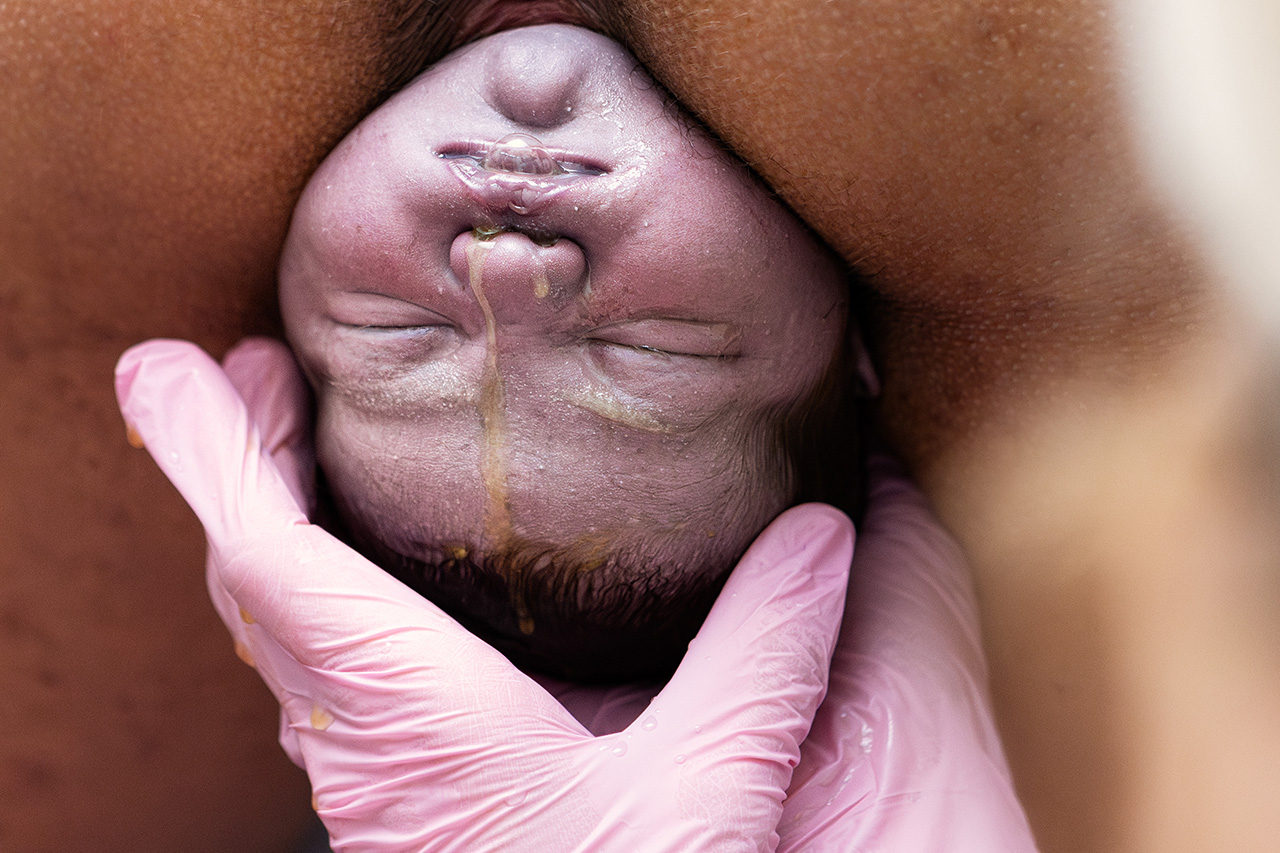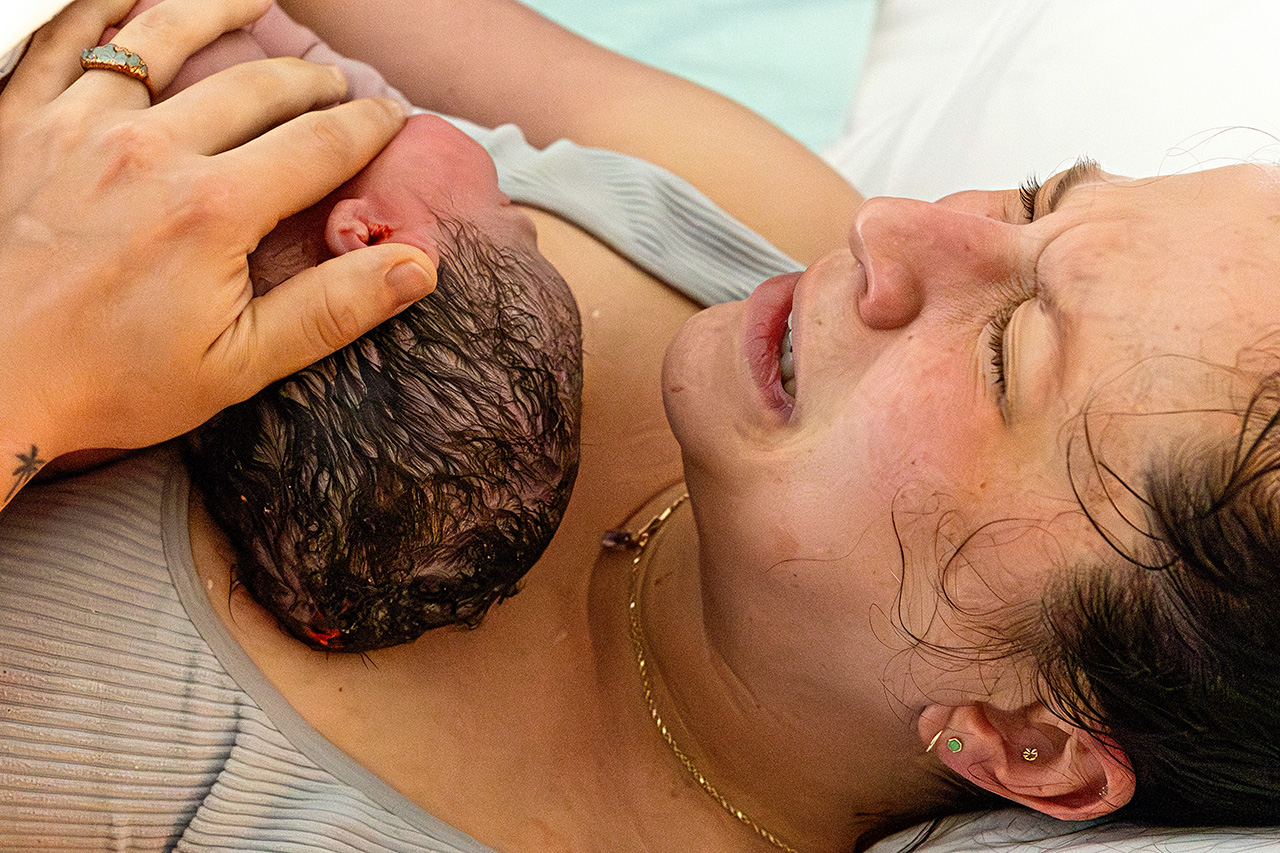Quite simply, a VBAC stands for Vaginal Birth After Cesarean. If you have had a cesarean birth and have another baby afterwards, whether than be a matter of months or years, and would like to do a vaginal birth you would consider a VBAC.
TOLAC is a medical abbreviation for Trial Of Labor After Cesarean, which is a planned vaginal birth after a cesarean (VBAC). If the TOLAC is successful, it results in a vaginal birth, otherwise, another cesarean delivery is needed. A birth is officially considered a VBAC once the TOLAC results in a vaginal delivery.

Is attempting a VBAC risky?
The biggest risk of attempting a VBAC is uterine rupture. What this means is that the scar of the uterus from a previous C-section can open (rupture). The umbilical cord or even parts of the baby can protrude from the area which, as you can imagine, is problematic. Often times, these ruptures can be asymptomatic. Before attempting a VBAC, the OB may evaluate the type of previous incision and use a sonogram to determine scar thickness. OBs may take into account the age of the mother along with the type and thickness of the scar when talking about doing a VBAC.
The risk of uterine rupture is higher if you attempt VBAC less than 18 months after your previous delivery.

Can a home birth VBAC be done?
A VBAC at home is labeled HBAC (Home Birth After A Cesarean) and can absolutely be done. There are arguments on both sides about this, but the number of HBACs is increasing, mostly due to the restrictions on VBACs in the hospital. In one study from 2004-2009, the success rate of a HBAC was much higher than the hospital VBAC, but not without some issues. I welcome you to read over the study here. As of now, there are no known scientific data to show whether HBAC carries more risk than home birth for those without a prior Cesarean. As with all

What would disqualify a person for a VBAC?
Since uterine rupture is the biggest risk for attempting a VBAC, prior uterine surgeries, such as fibroid removal would likely disqualify a person. If you have had a prior uterine rupture then you also not be a candidate. Many OBs will not consider a VBAC if you have had more than two prior cesarean births.

Induction and VBAC
While the risk of uterine rupture is greater, VBACs and inductions can be used together. Induction does need to be much slower. Pitocin is used for induction and creates contractions. The higher amount of Pitocin given, the more intense and frequent the contraction. If you have a uterus with a scar, jiggling it too much and too fast will create an environment for rupture.
Think about your uterus as a bag of water. If you have a bag of water and that plastic bag is intact, you can jiggle it all day long and the risk of it breaking is pretty low. But you have a plastic bag that has a rip in it, but the rip is covered with duct tape, the risk of it breaking from jiggling is greater. Therefore when jiggling the bag of water with a taped up rip, you must jiggle slower as to not break the bag.

Why finding an OB that supports a VBAC can be challenging
To summarize all of this, many OBs and hospitals find VBACs an unnecessary risk. There is far less risk, in their eyes, to simply doing a routine C-section. There are some that flat refuse. One of my first doula clients that had to have a cesarean birth found herself pregnant again (yay!), but she was in a new state and they simply refused any other possibility other than a repeat C-section. I was shocked at this, but I know it happens.
“The World Health Organization (WHO) recommends an ideal C-section rate of 10 to 15 percent of all births. The current rate in the US is 31.5 percent — about one in three babies.” Full article here.
“According to the American College of Obstetricians and Gynecologists, a mother’s uterus has less than a 1 percent chance of rupturing at the site of a C-section scar if she attempts a vaginal birth. That risk increases to a little less than two percent after two or more C-sections.” Putting those stats in perspective, that is one or two births per 100 that end in uterine rupture. When put that way, OBs become restrictive when talking about VBACs.
As with all things, do your research. Talk to a potential OB, talk to a potential midwife. If one person says no and you are not at any risk for a VBAC, you can always find someone else if that is the route you wish to take. At any point during your pregnancy, you can change doctors, change midwives and hospitals. You are never locked in.
